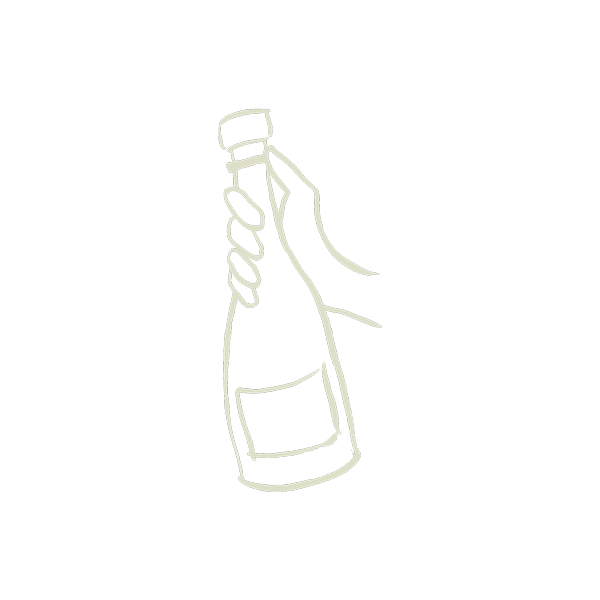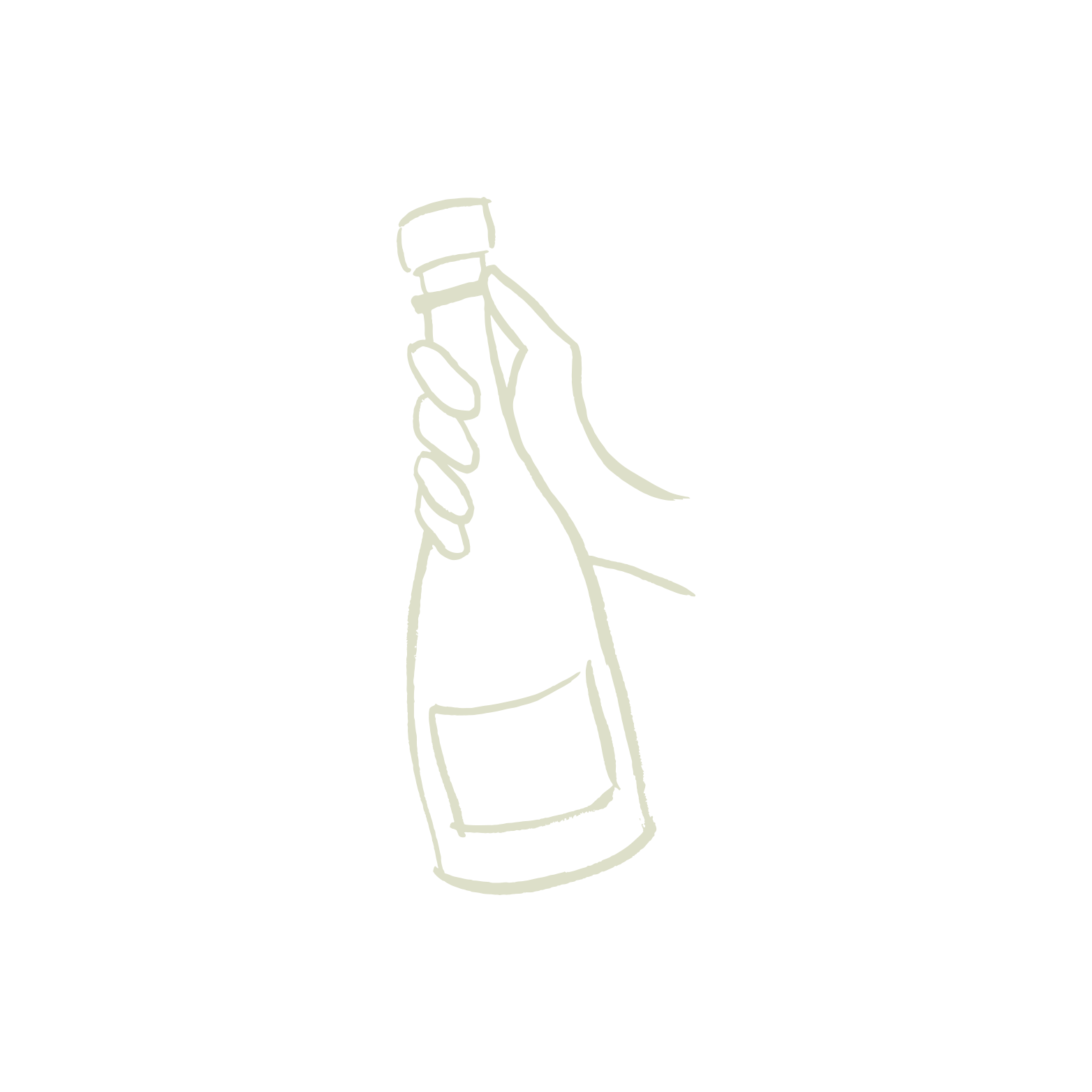Champagne and the Unwanted Excess of Garbage
Poubelle is one of the most beautiful words in the French language, and ironically, is French for “trash can.” What does this have to do with Champagne? The gorgeous bubbles in your glass have a dirty little secret.

Throughout its history, Champagne has enjoyed a reputation for elegance and exclusivity—the sparkling darling of kings, queens and the filthy rich. After all, who else than those blessed with “impeccable pedigrees” could appreciate such a nectarous treasure cultivated from limestone-rich earth and made magical by a unique combination of a mountainous climate and salty ocean air? But despite its presumed connection to the divine, Champagne has a dirty little secret. As wine writer and fatcork friend, Katherine Cole explained in her new book “Sparkling Wine Anytime,” the trashy truth begins in the 19th century with the phylloxera, a vine-eating aphid that decimated vineyards in Champagne and across all of France.

Believed to have arrived on steamships coming from America, the bougie pest plagued France from the late 1850s to the mid 1870s, destroying more than 40 percent of France’s grapevines and leaving the country’s economy in ruins. In an attempt to save their livelihoods, some producers successfully grafted vines from America with their own. Others used pesticides. But, regardless of their method of recovery, all those who wanted to revive their vines were in desperate need of compost to enrich the nutrient-depleted soil. With nothing left to lose, enterprising producers in Champagne worked out a deal with the city of Paris whereby trash from its 20 arrondissements would be transported to Champagne to be made into and used as compost. The arrangement worked beautifully until around the time of World War II when a rapidly modernizing world was introduced to plastics and other inorganic, “disposable” materials. The deal with Paris was meant to turn trash into treasure, but it eventually became a begrimed burden that would persist for generations.

We hope you’ve enjoyed learning a bit of Champagne’s grande histoire, and that whatever you’re celebrating today, you pay homage to those beautiful bubbles in your glass by making a toast to perseverance, ingenuity and taking out the trash!
Cheers,
Team fatcork

